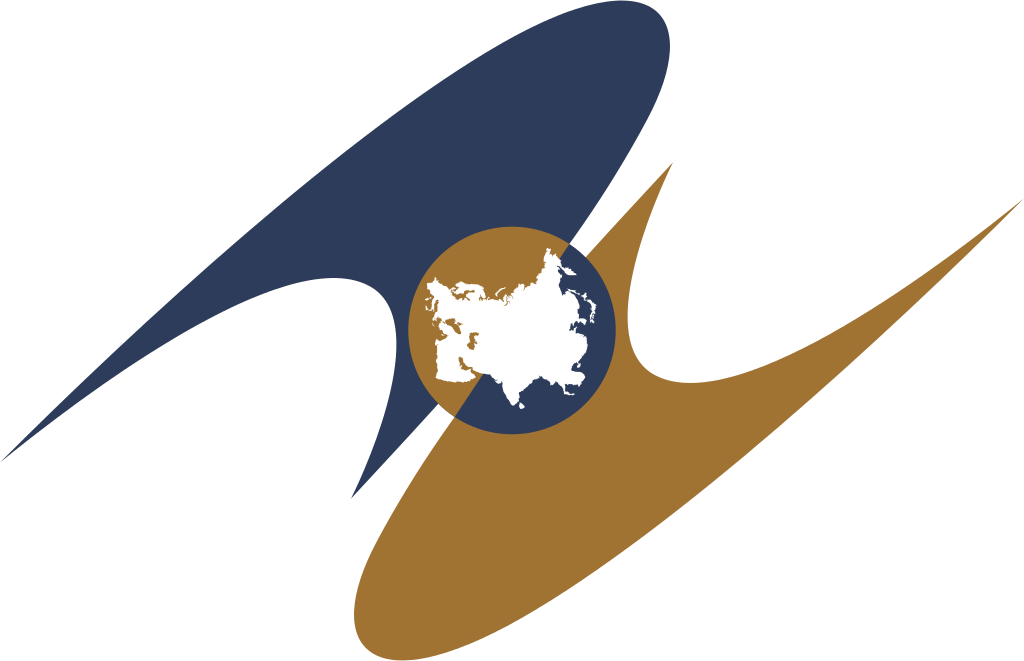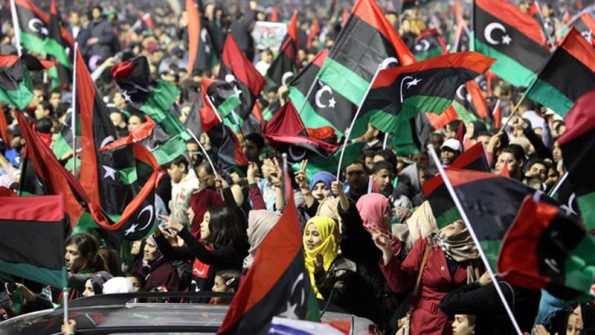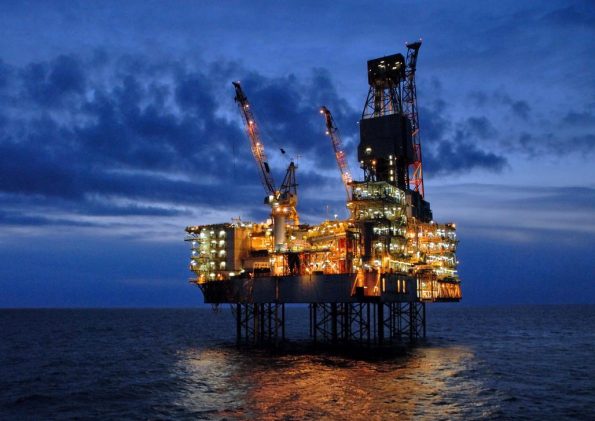
On 24th of September 2011, during the United Russia congress in Moscow Russian Prime Minister Vladimir Putin ended all the speculations on his candidacy for the Presidency of Russia. Putin announced that he will run for president next March in presidential elections that could extend his rule until 2024. Vladimir Putin served as President of Russia from 2000 to 2008. And in 2008, Putin was forced to yield the presidency by the constitution as it is limited to two consecutive terms. But we all remember the agreement between Putin and Dmitry A. Medvedev. That agreement was revealed by Putin himself in a Moscow sports stadium in 2008:
“I want to say directly: (Medvedev and I) reached an agreement between ourselves long ago, several years ago, on what to do in the future, on who should do what. But both I and Dmitry Anatolyevich Medvedev believe that this is far from being the most important thing — who will do what, who will sit in what place. What is far more important is something else: how we will all work, what results we achieve, and what the citizens of our country think of this.”
When it comes to yield results, it can be said that that agreement is a success for now as Mr. Medvedev is keen to keep his promise to Putin. This likely replacement has been harshly criticised so far. Nevertheless, against all odds, it was an unsurprising announcement. What was really surprising is that Putin’s call for creating a “Eurasian Union”.
In a lengthy newspaper piece published on October 4 in the daily newspaper Izvestia, Putin said that he wants to bring CIS (Commonwealth of Independent States) member states into a “Eurasian Union”. It seems that this Union will be one of the Putin’s key priorities during his presidency. In his paper, Putin calls this Union as a crucial integration project and it will be kicked off by the establishment of the Common Economic Space of Russia, Belarus and Kazakhstan (CES) on the 1st January 2012.
While Putin is proposing this project, he takes the creation of European Union as an example. The roots of the European Union can be found in the European Coal and Steel Community. And, it took almost 40 years to form the present day European Union. That is what Putin points; first it is the Customs Union, and then will be the Common Economic Space, eventually the Eurasian Union.
This process has already started. In Putin’s words:
“On July 1, 2011 customs control over goods passing through the borders between our three states (Russia, Kazakhstan, and Belarus) was lifted. This completed the establishment of a fully developed common customs area with clear prospects for implementing highly ambitious business initiatives. Now we are about to move from the Customs Union to the Common Economic Space. We are creating a huge market that will encompass over 165 million consumers, with unified legislation and the free flow of capital, services and labour force.”[2]
…
…
Published in Political Reflection Magazine Vol. 2 No. 4




